Facts
- Type: Personal computer
- Released: July 23, 1985
- Introductory price: US$1,285 (US$2,900 in 2017 equivalent)
- Discontinued: 1987
- Operating system: AmigaOS 1.0 up to 1.3
- CPU: Motorola 68000 @ 7.16 MHz (NTSC) 7.09 MHz (PAL)
- Memory: 256 KB +256 KB in front bay (8.5 MB max) + (256 KB RAM WCS/Kickstart)
- Resolutions: 320×256 up to 736×567i (PAL)
- Palette: 4096 colors (4096 on-screen colors in “HAM” mode)
- Manufacturer: Commodore
- Sound: 4x 8-bit channels, 28 kHz kHz stereo
- Successor: Amiga 2000 and Amiga 500
Released 1985: The Commodore Amiga 1000, also known as the A1000 and originally simply as the Amiga, is the first personal computer released by Commodore International in the Amiga line. It combines the 16/32-bit Motorola 68000 CPU (which was powerful by 1985 standards) with one of the most advanced graphics and sound systems in its class, and runs a preemptive multitasking operating system that fits into 256 KB RAM and shipped initially with 256 KB of RAM. The primary memory can be expanded internally with a manufacturer supplied 256 KB module for a total of 512 KB RAM. In Europe, this was always supplied, giving 512 KB total RAM. Using the external slot, the primary memory can be expanded to 8.5 MB RAM.
The A1000 case is elevated slightly to give a storage area for the keyboard when not in use (“keyboard garage”), and the inside of the case is engraved with the signatures of the Amiga designers (similar to the Macintosh); including Jay Miner and the paw print of his dog Mitchy. The A1000’s case was designed by Howard Stolz. As Senior Industrial Designer at Commodore.
Because Amiga OS was rather buggy at the time of the A1000’s release, the OS was not placed in ROM. Instead, the A1000 includes a daughter board with 256 KB of RAM, dubbed the “writable control store” (WCS), into which the core of the operating system is loaded from floppy disk (this portion of the operating system is known as the “Kickstart”). This makes upgrading the Kickstart “ROM”on the Amiga 1000 very easy, only a new floppy disk is required.
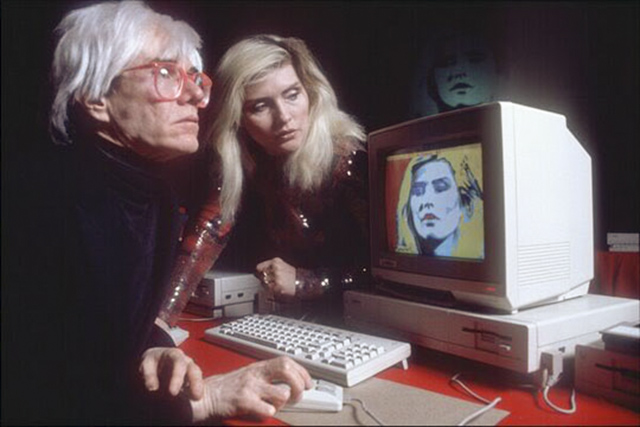
My Amiga 1000 and repair
The computer lacked a mouse, keyboard and the Kickstart/Workbench floppies, when I first got it. On another hand, an A1010 external floppy drive and a 1 MB sidecard RAM expansion came with it (in addition to the 256 KB front bay expansion that is always present). I found image files of the necessary Kickstart and Workbench disks and wrote them back to floppies using my Amiga 1200.
Repair the internal floppy drive
The Amiga had a display on the monitor when turned on, but the internal floppy drive was not registering any inserted disks. I opened the case and found out the switch that register both inserted disks and write protection, was faulty. I replaced the internal floppy drive with the one from the external drive (uses exactly the same drive as the internal Amiga 1000 drive). Now my Amiga 1000 works perfectly and boot floppies. I also opened and repaired the broken switch from the removed drive. I closed it together, using some superglue. Now both floppy drives are working fine.
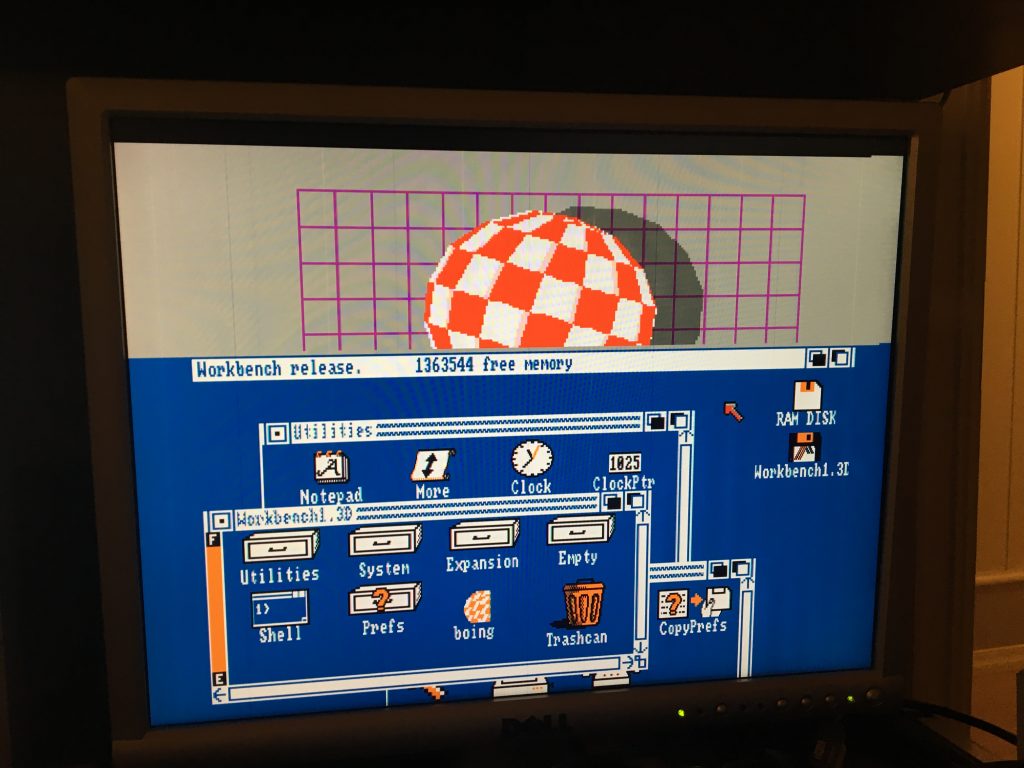
Getting and repairing a keyboard
I’ve got a beat’n up original keyboard for free, it was missing two of the key caps, and two switches was broke. I bought two missing key caps from eBay together with the micro switches (it was not cheap). With those parts, I managed to completely repair all four keys on the keyboard.
Getting an original mouse
The original Amiga 1000 “tank top” mouse with the angled connector is very hard to find. Luckily, the AmiKit store for a short period got their hands one some new “old stock” ones. I was lucky to purchase one of those, so now this missing part got in place as well. The normal Amiga 500 “tank top” mouse is 100% similar looking and compatible though, only the connector is different looking because its angled.
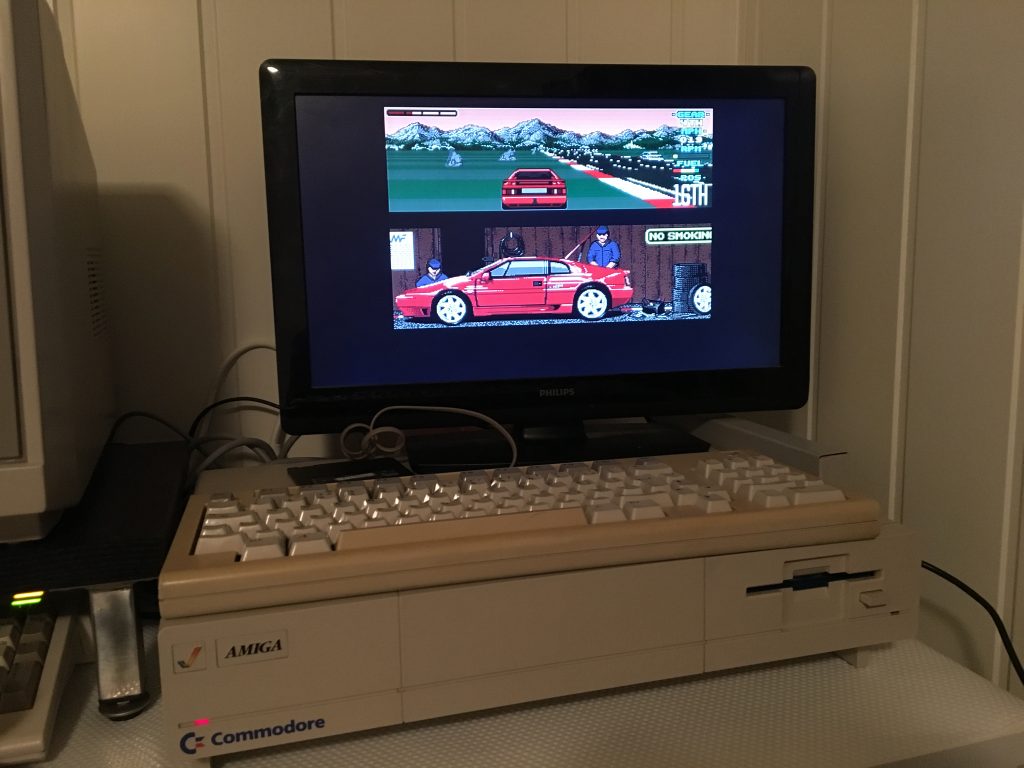
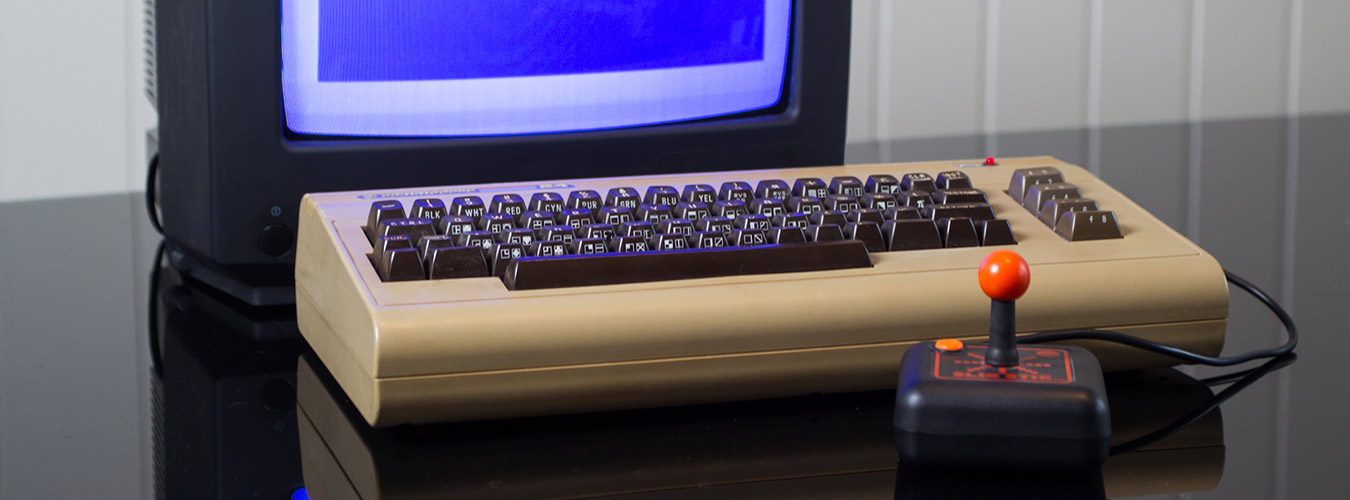
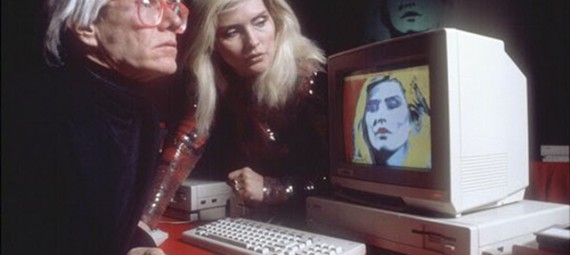
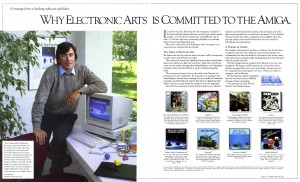
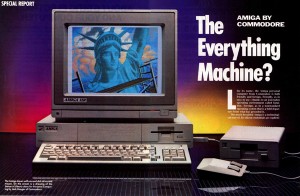
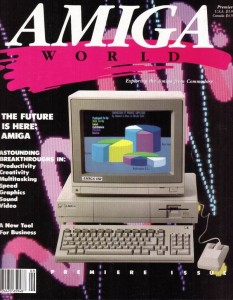
3 thoughts on “Amiga 1000”